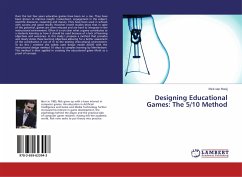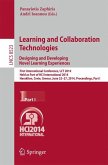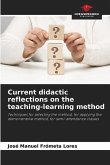Over the last few years educative games have been on a rise. They have been shown to improve insight, involvement, engagement in the subject, scientific discourse, reasoning and inquiry. They have been used in schools with success and good results. However recent studies show that in spite of this potential, games are often misused and are hard to integrate in the instructional environment. Often it is not clear what a game contributes to a students learning or how it should be used because of a lack of learning objectives and outcomes. In this study I propose a method that provides and clearly states these learning objectives allowing for a better assessment of the contribution it can of er to the existing instructional environment. To do this I combine the widely used design model ADDIE with the instructional design method 10 steps to complex learning by Merriënboer. This method is then applied in creating the educational game Moth as a proof of concept.







